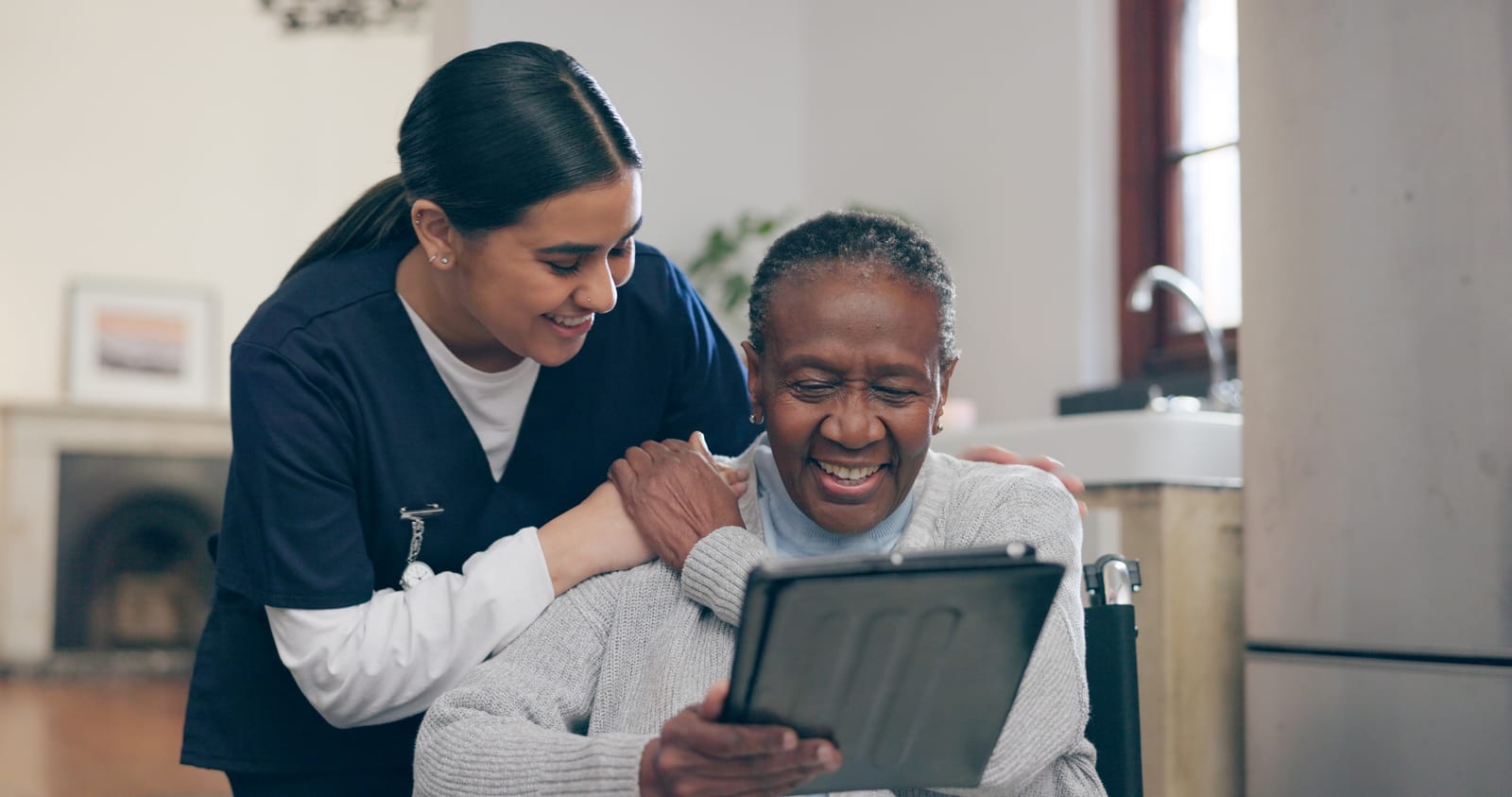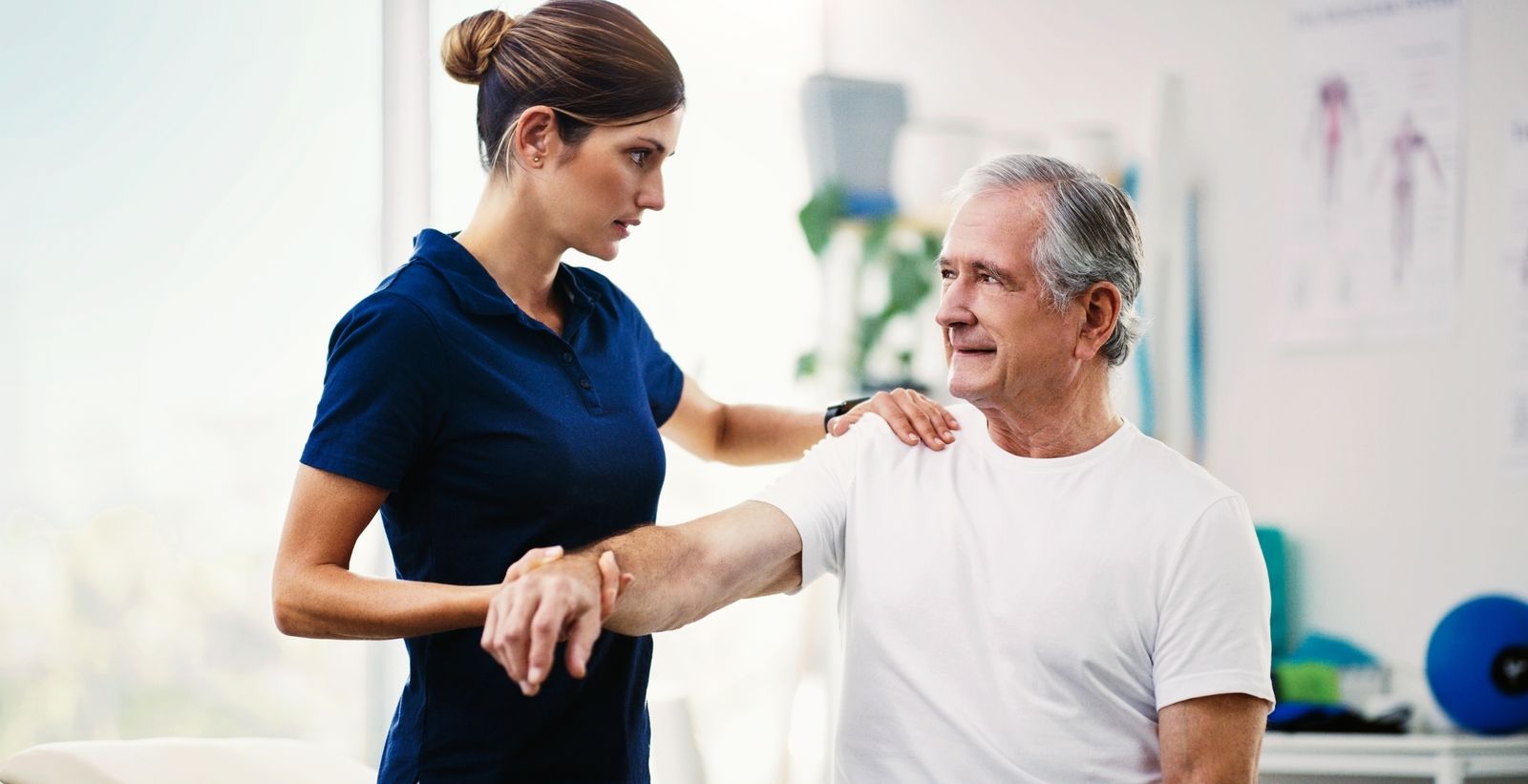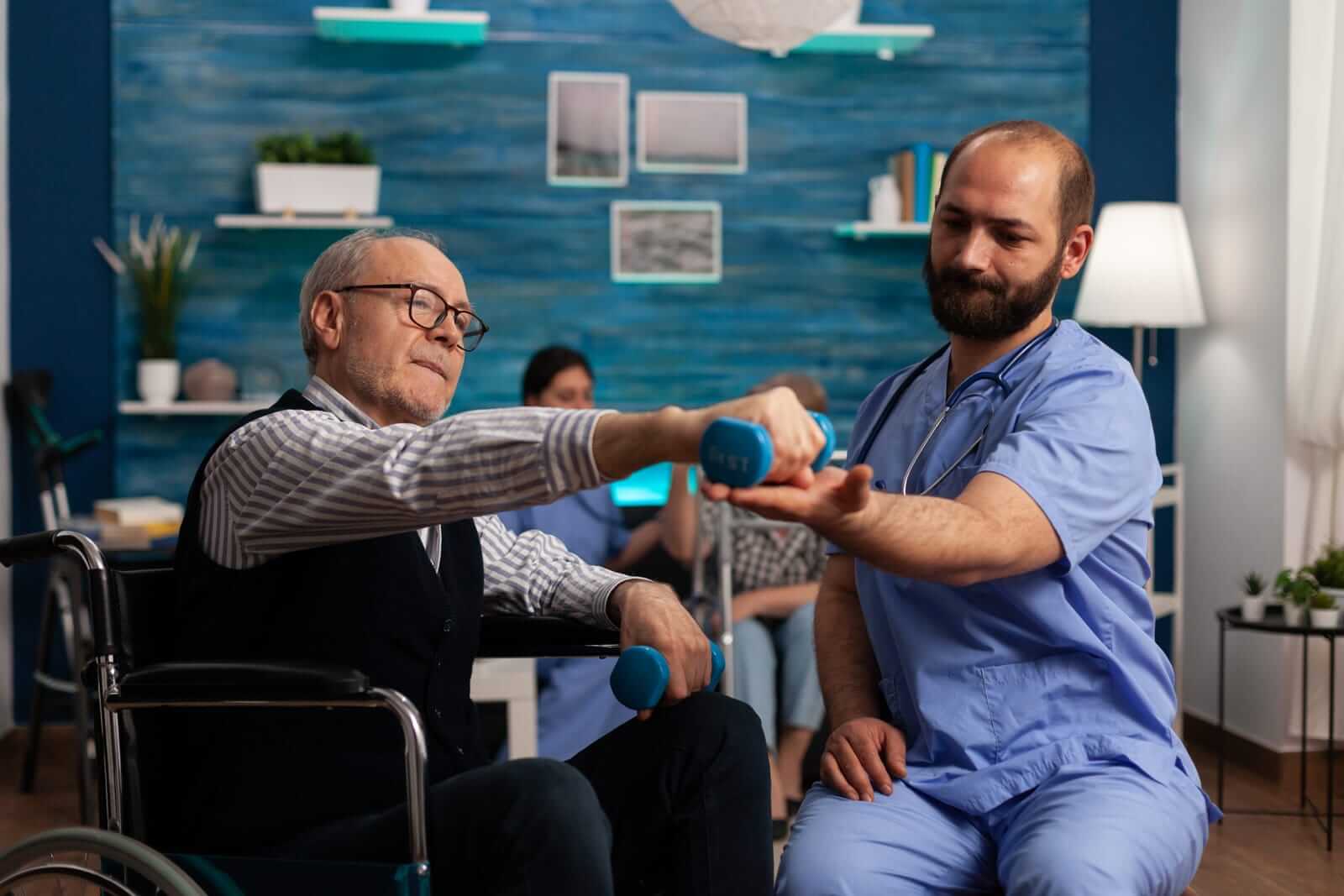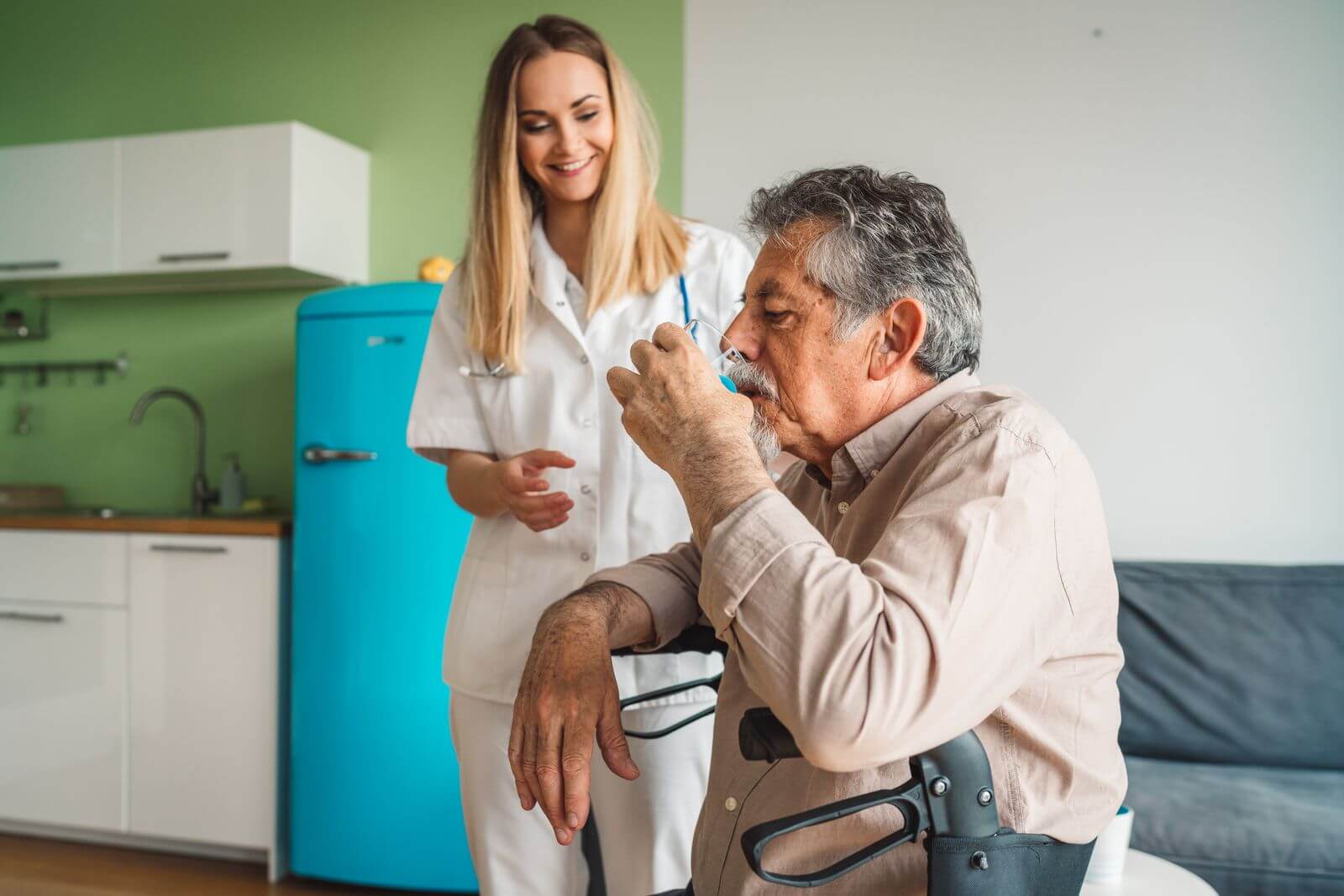Home caregivers are often responsible for lifting and transferring patients. This can be a difficult task, as it requires strength and technique to do so safely. In this article, we will explore some of the techniques that home caregivers should use when lifting or transferring patients.
Basics Lifting Techniques for Home Caregiver
Before attempting any lift or transfer, certain basics must be followed. These include:
-
Wear Appropriate Clothing
It is important to wear comfortable clothes with no loose items such as scarves or jewelry that could get caught on something during the lift/transfer process.
-
Lift With Your Legs
Home caregivers should always remember to lift their legs when caring for a patient. This technique is important because it helps prevent injury and strain on the back, which can be especially dangerous if you are lifting someone heavier than you.
See Also: Benefits of Being a Caregiver
When lifting, make sure that your feet are shoulder-width apart and keep your knees bent so that most of the weight rests in your legs rather than your lower back. Additionally, use both hands whenever possible to help distribute the load evenly across both sides of the body.
-
Assess the Situation
Before beginning any lift/transfer, assess the patient’s condition and environment to ensure safety throughout the procedure. Make sure you have enough space to move around freely without bumping into anything while performing the maneuverer.
-
Avoid Rotating your torso
Home carers must lift with a straight back and without twisting. Your back discs may be damaged if you twist your torso. You should turn slowly and take modest steps to shift direction when helping your client get out of bed and into a wheelchair rather than twisting your hips.
-
Have help Available if Needed
If possible, try to have an extra person present who can assist you in case of emergencies or unexpected difficulties during a lift/transfer session.
-
Straighten Your Wrists
Home caregivers should always practice proper lifting techniques to prevent injury. One of the most important things to remember is to straighten your wrists when you lift a person or object. This will help reduce strain on your hands and arms, as well as minimize the risk of developing carpal tunnel syndrome.
-
Utilize Gait belts whenever Necessary
Gait belts provide additional stability when assisting someone out of bed or helping them walk short distances within a room setting; these devices also reduce strain on caretakers’ backs since they allow two people to share weight distribution more evenly between themselves.
-
Lift your client by the Hips
Lifting your clients by their hips is one of the most crucial safe lifting fundamentals for at-home carers. Pulling on their arms could inflict excruciating pain and shoulder damage. The hips can withstand greater force than the arms if you turn them instead and raise them by the hips.
You Might be Looking for: Caregiver in Bangkok Thailand
-
Consider using Mechanical lifts where Applicable
Mechanical lifts offer greater control over movements, making transfers easier for both caregiver and patient alike; however, caution should still be exercised even when utilizing these tools.
-
Keep your Customer as Close as you can
This helps reduce the risk of injury and makes the process easier for both parties involved. When transferring a person from one place to another, make sure that they are in an upright position with their feet slightly apart and their arms around your neck or shoulders.
Additionally, always lift with two people if possible so that there is less strain on any individual caregiver’s body.
-
Go as Slowly as Necessary
For home caregivers, it is important to remember that when lifting a person or object, you should always go as slowly as necessary.
This helps prevent any sudden movements which could cause injury to both the caregiver and the person being lifted. It also ensures that proper form is maintained throughout the lift so that no strain is put on muscles or joints in an unsafe manner.
Additionally, using appropriate equipment such as slings can help reduce the risk of injury while still providing support for those who need it.
Advance Lifting Techniques
Now that you are familiar with the basics of lifting for home carers, let’s go over the lifting techniques for various scenarios.
-
Sitting Up
Whether a client wants to sit up in bed or move from their bed to a wheelchair, the carer should start by placing one arm under their legs and the other on their back.
Gently drag their legs over the edge of the bed while lifting their torso with your other arm. As you do this, make sure your feet are shoulder-width apart, your knees are bent, and your posture is straight.
-
Standing Up
Place the person’s feet on the ground and apart if they require help getting into the wheelchair. Face the individual and let them rest their hands on your shoulders or the bed.
Your knees should be bent, and your feet should be shoulder-width apart. Wrap your arms around the person’s back and make a fist-clutching motion. Holding the individual near to you, you adjust your weight and lean back.
To assist with these kinds of motions, nurses, physical therapists, and other healthcare professionals frequently employ lifting belts attached to a patient’s waist. When lifting the patient, the carer then grabs the belt.
-
Sitting Down
As was already said, carers shouldn’t twist their bodies to assist a client in sitting down. Instead, make a pivot by moving slowly.
Slowly lower them into the chair while keeping your arms underneath their arms. As you lower your client, ask them to put their hands on the chair to make sure they are standing correctly in front of it.
See Also: How Do I Become a Caregiver
Conclusion
Caring for elderly individuals in a home setting requires knowledge about safe handling practices including how best to perform lifts and transfers correctly.
By following the basic guidelines outlined above, along with employing specific techniques depending upon each situation, home caregivers can ensure maximum safety throughout every step of caring for those under their charge.


















